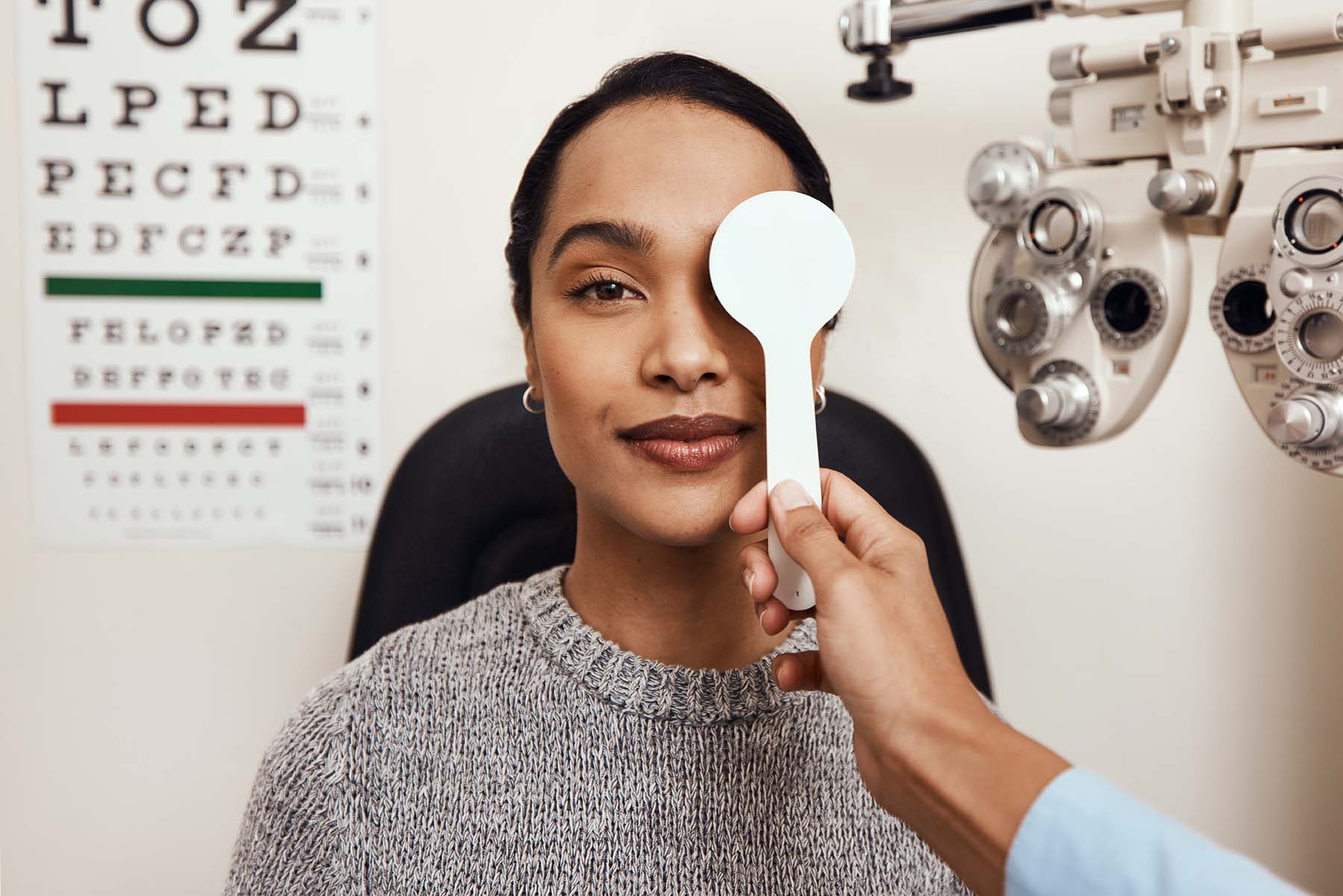Optimal Optics: Best Options for Seamless Vision Correction

For many, vision correction starts with one tool — a pair of glasses. Whether it is worn earlier or later in life, the first optic option did the job, but not without slight inconveniences, such as foggy lenses, slipping frames, and constant misplacements.
While these slight mishaps may only bother a few glasses wearers, some eventually switch to alternatives. The options? Contact lenses and refractive surgery, which LASIK falls under, have served as second to glasses but the most popular options for a seamless look, especially in the aftermath of the pandemic.
“We saw a notable increase in LASIK during the pandemic,” says Rahul Tonk, M.D., an ophthalmologist at Bascom Palmer Eye Institute. “Patients were frustrated with glasses fogging while wearing masks, did not want to use contact lenses at home, and were more inclined to invest in their health and self-care.”
What are the pros of contact lenses and LASIK?
Those who decide to get contacts can later revert to glasses if they don’t feel the correction is right. Contacts also allow for a more playful experience as they come in many colors.
LASIK, on the other hand, is a one-time permanent procedure, leaving the candidate free from glasses or constantly ordering contact lenses and yearly fittings, which can add up over time. The time being saved in just having to wake up and go on with your day without putting on frames or contacts is another factor to consider as a pro for LASIK.
There are also safety components to consider.
Despite the benefits that contacts can provide, there is upkeep one must practice. In fact, the most common eye emergencies seen at Bascom Palmer are related to patients not keeping up with proper eye care and hygiene when dealing with lenses.
As for LASIK, despite the procedure only being 15-20 minutes, it’s still a surgery. There are necessary steps that both the patient and physician need to take for the best outcomes. Cost is another factor for LASIK as it is considered a cosmetic correction not covered by insurance.
“Studies have shown LASIK can be safer than contacts,” says Dr. Tonk, who had the procedure done in 2017. “While LASIK is not risk-free, contacts have their own safety issues, such as bacterial contamination, red eye, and corneal ulceration. Good contact lens hygiene is critical and includes washing hands before insertion/removal, replacing contact lens solution and cases, and not wearing contact lenses overnight or in the water.”
Why are some hesitant about LASIK and concerned with blurred vision, halos, and dry eye?
In today’s social media landscape, misinformation can be cast on millions, as all it takes is one bad experience to go viral. While the procedure is painless and quick, there are steps you can take to make sure you have the best outcome.
Steps for a proper LASIK procedure
LASIK has come a long way from 30 years ago. More research has been done on the surgery, and the field has progressed with more skilled physicians and better lasers. Screenings for proper candidates have also been a plus in the surgery’s success.
“In a modern practice such as in Bascom Palmer, we exclude one out of every three or four patients from getting LASIK. Dr. Tonk says. “Our free evaluations are an intensive process as we look for ocular conditions, health of the cornea and the right shape and thickness for the procedure. Patients must also have a stable eye prescription of at least three years. We aren’t afraid to turn down patients for the procedure as we care for their long-term wellbeing.”
When looking for a LASIK provider, consider:
- Do your research beforehand to look for the ethics and reputation of the practice.
- Never go to a surgeon who doesn’t first do a comprehensive eye exam nor listen to your concerns.
- Don’t be afraid to ask the surgeon how many procedures they do and what kind of laser/equipment is used.
- If you are still in doubt, always get a second opinion and shop around for different practices and surgeons for an ideal fit.
Health care is constantly evolving as new technologies and procedures advance with it.
The optical field is no exception. Still, a proper practice will lay out the patient’s vision correction options and let them decide their preferred outcome. Even if an eye doctor has a preference, each patient is different, and their comfort comes first.
“We are heading towards refractive surgery being primary care for people with prescription issues,” Dr. Tonk says. “In the past LASIK, along with contacts, were more of an afterthought, but they are now being slowly offered upfront as an option along with glasses with the patient ultimately deciding.”
Bascom Palmer Eye Institute has been ranked No. 1 in ophthalmology for the 22nd and 20th consecutive year in the 2023 U.S. News & World Report. Their eye experts are leading in research, technology and patient care and can provide general eye care or see if LASIK is right for you.
Joseph Garcia is a Communications Specialist at UHealth.
Tags: Dr. Rahul Tonk, Miami ophthalmology, vision correction
